In the southern part of Bavaria is the town of Hohenschwangau, in the area called the Romantic Road (Romantische Straße), part of the old Roman road “Via Claudia Augusta” that I mentioned in one of the previous posts (Augsburg).
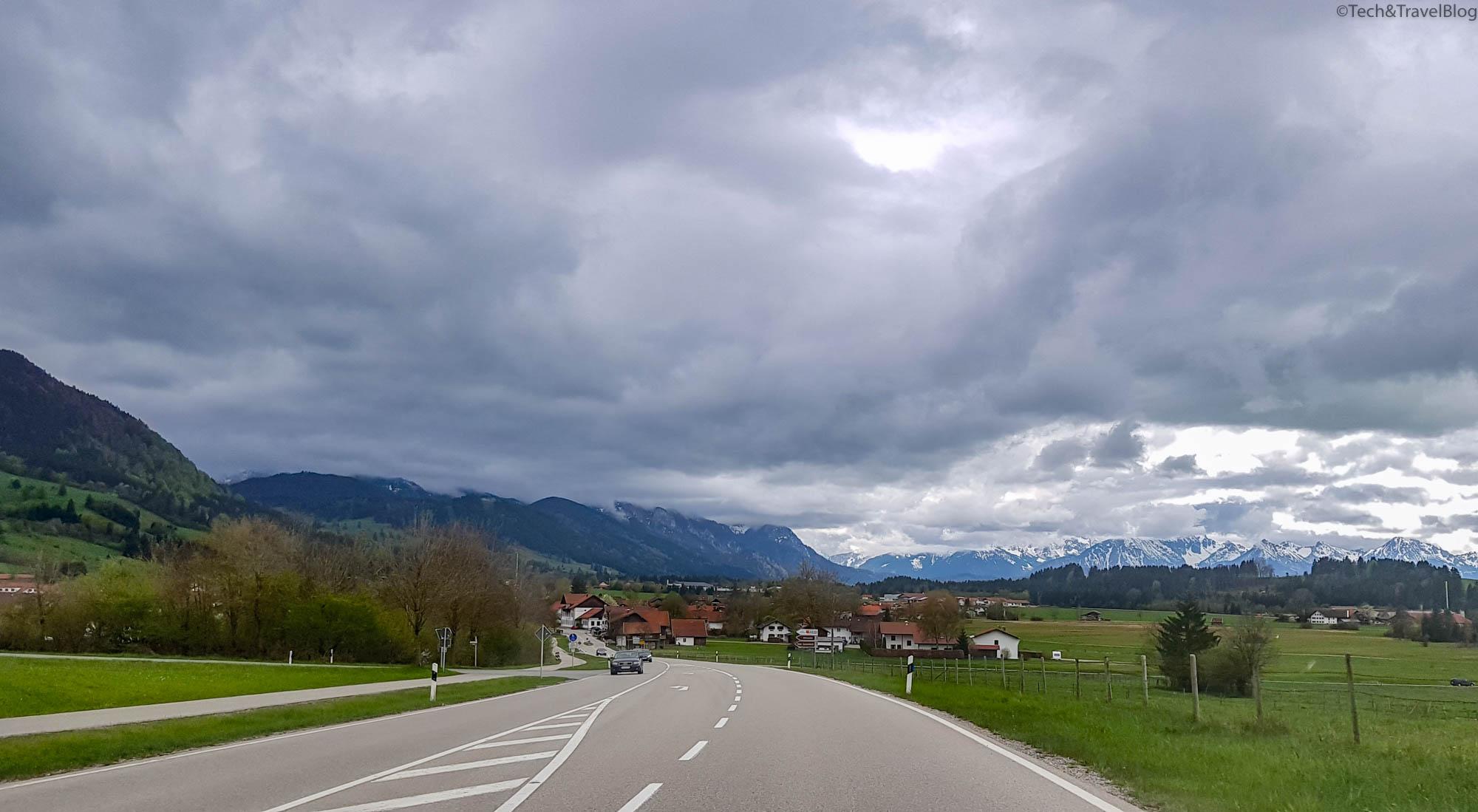
Here nature blends perfectly with German history, culture and art. Whether you find them in the architecture of the castles, the daily life, the wooden sculptures found at every step or the paintings on the facades of the houses, you will surely be attracted by the wonderful “spectacle” offered by this area.
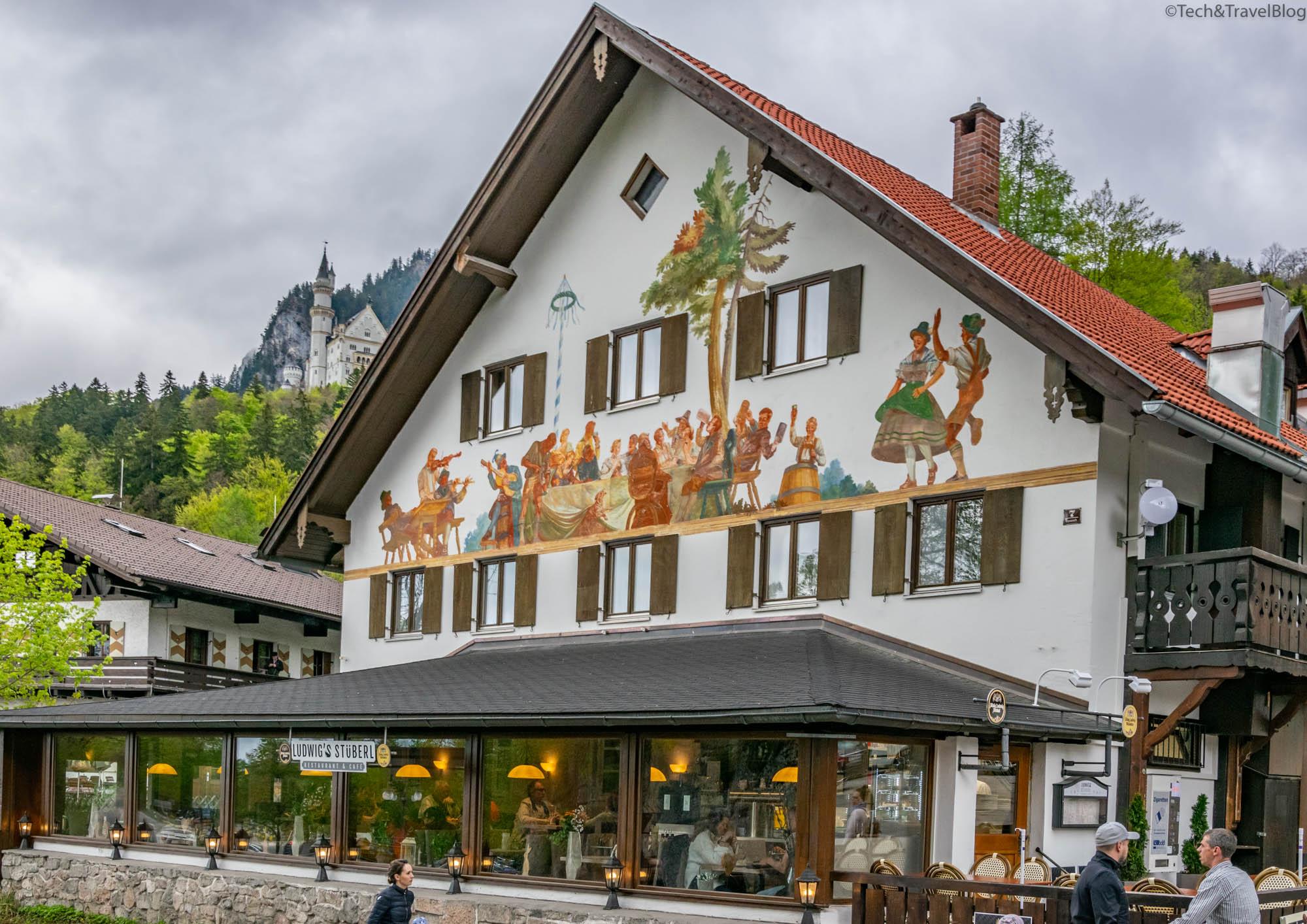
Hohenschwangau is one of the largest tourist centers in the country, the most famous attraction of the area being Neuschwanstein Castle. From the entrance to the town you are greeted by the distant view of the grandiose castle surrounded by mountains and gorges.
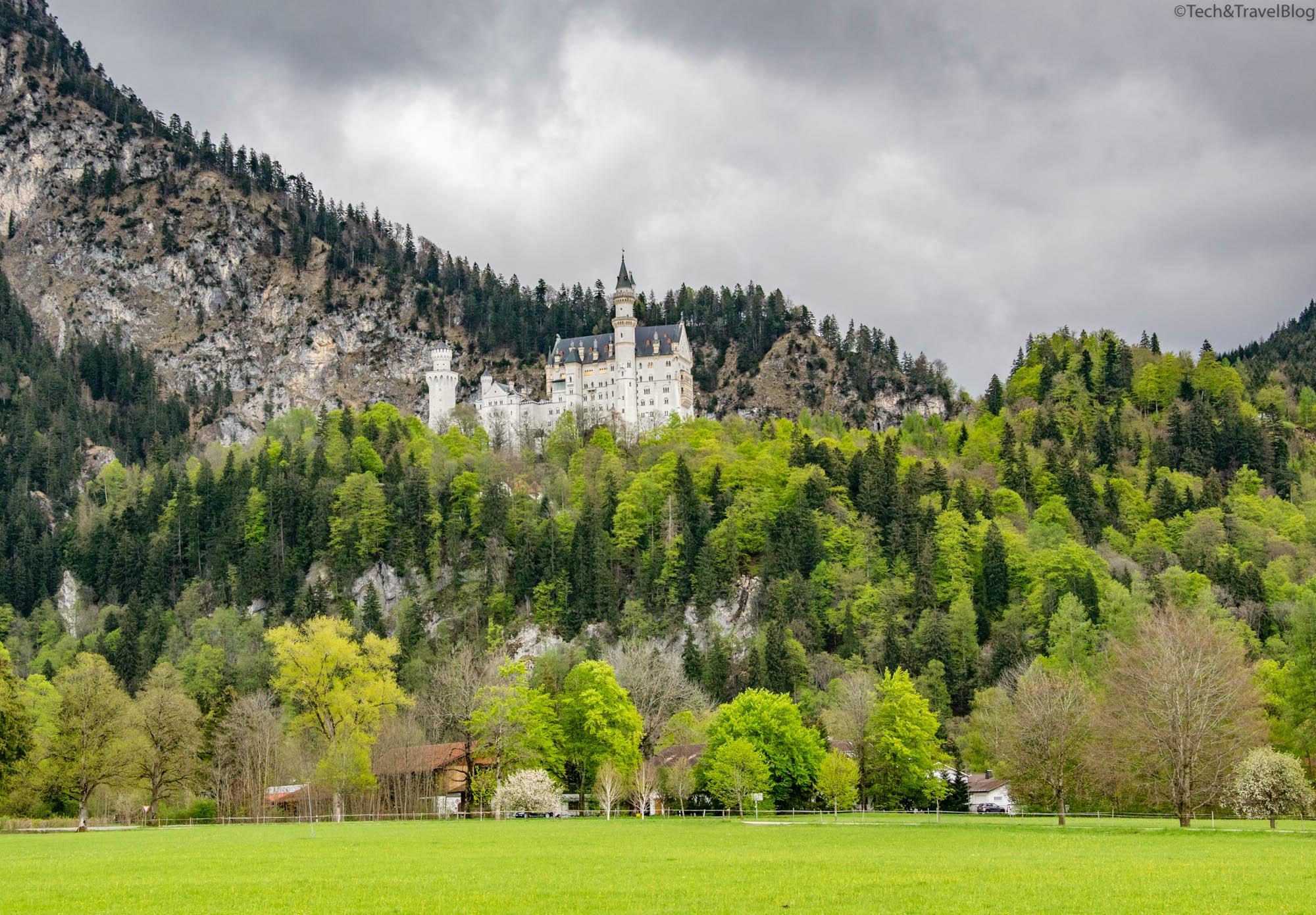
Known worldwide and being a model for the castles in the Disneyland Parks, Neuschwanstein is a symbol of the Romantic-Renaissance era and was among the 21 finalists on the list of the “New 7 Wonders of the World“.
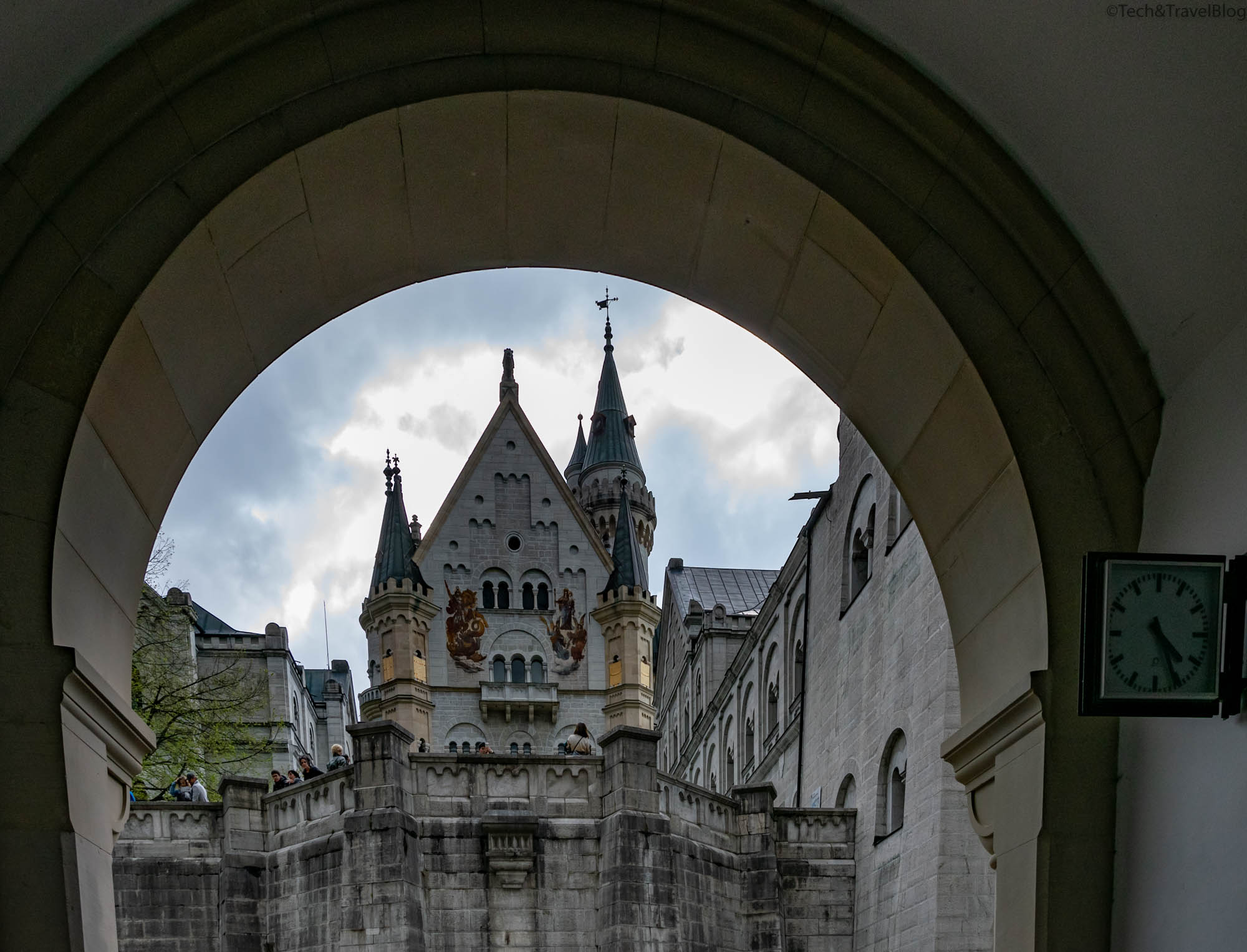
The castle was built for King Ludwig II – one of Bavaria‘s most beloved rulers. Born in 1845 in the largest palace built in the Baroque style in Germany – Nymphenburg in Munich (which I will write about in future articles), Louis II, also called the “mad king”, ordered the construction of the castle as a refuge, but also as a tribute to Richard Wagner, the king being fascinated by the music and works of the great composer, as can be seen from the theme of the murals inside the castle. Tourists can visit 15 of the many rooms, the castle never being finished due to the untimely and mysterious death of the king.

To visit the interior of the castle, I recommend that you make a reservation online in advance, because you may not find tickets anymore (during the summer there are up to six thousand visitors in a day).
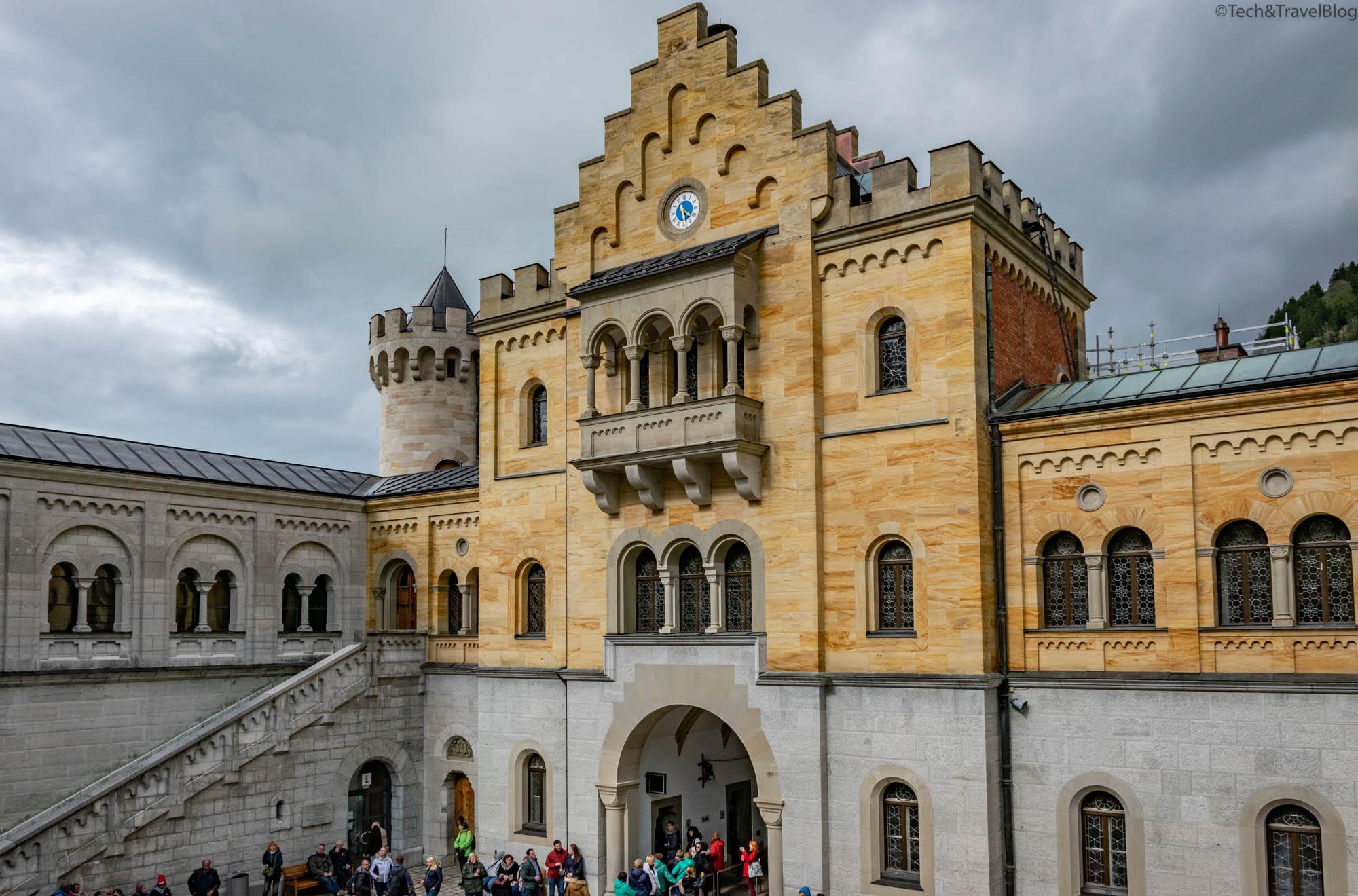
The tour of the castle is only with a guide and lasts about 30 minutes, photography is prohibited. Tickets are picked up one hour before the booked time from the Schwangau ticket office which is open until 5pm in summer and 3pm in winter. The price of a ticket is €13/person. You must be careful to arrive on time for the guided tour, otherwise you risk not being able to enter the castle.
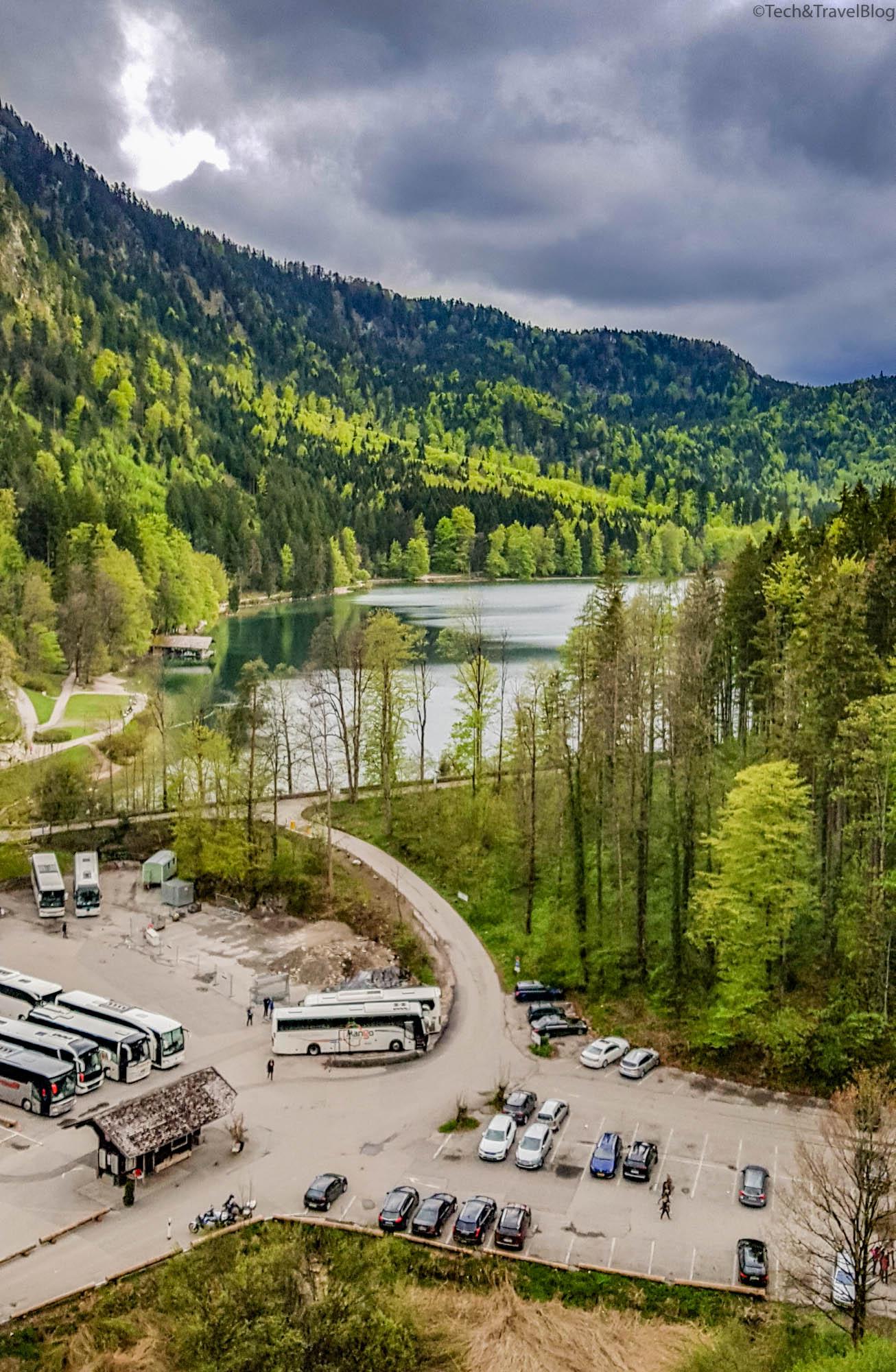
If you drive to Hohenschwangau, don’t worry about not having a place to park. There are plenty of parking spaces, the price is €7/day. It is not possible to drive in the area of the castle. You can go up on foot (a 20-30 minute ride from the ticket office), by bus or horse-drawn carriage.
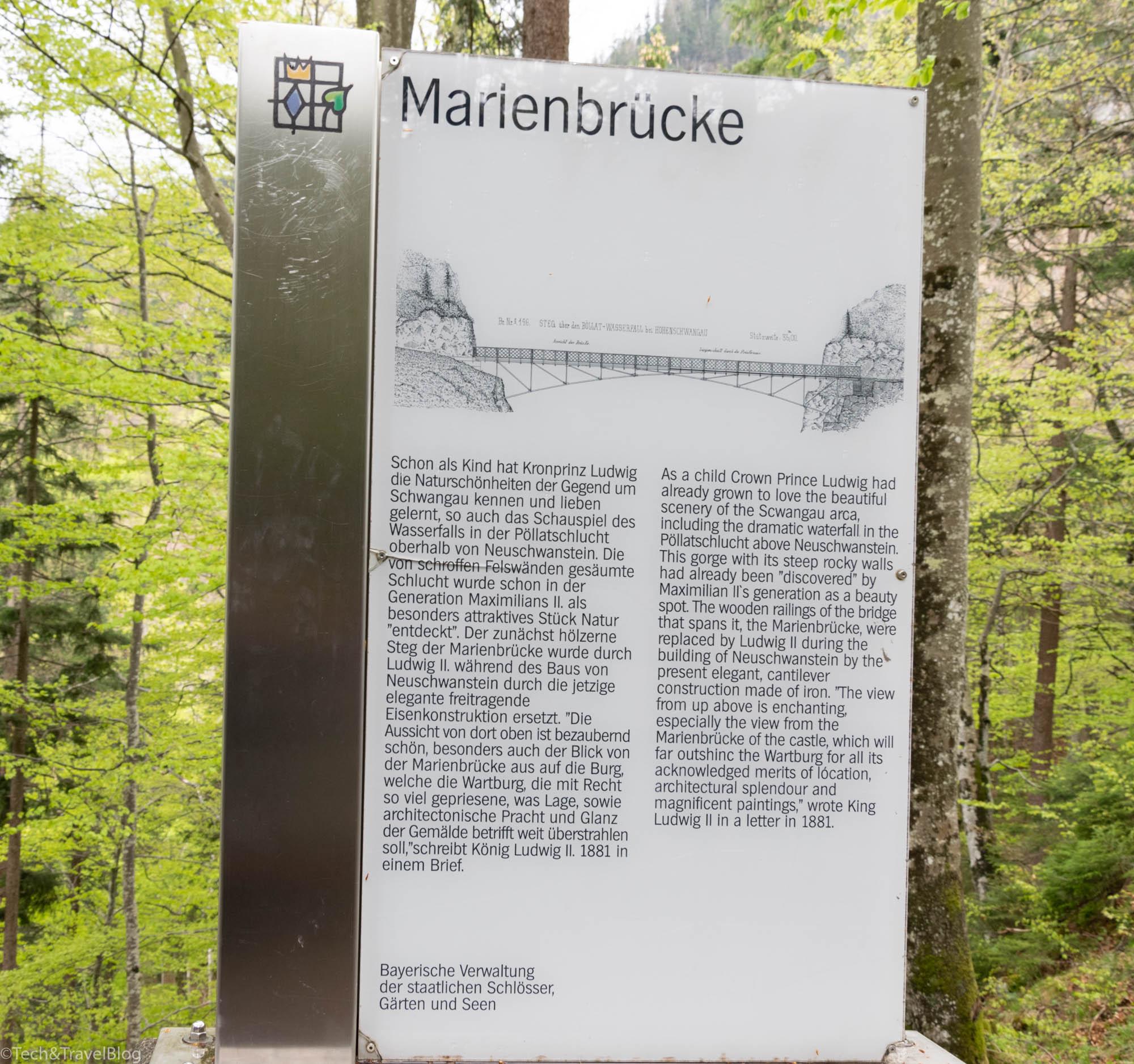
From the castle you reach the Marienbrücke – the perfect place to photograph and admire the castle in all its splendor – a wooden bridge, built over a 45-meter waterfall from where you can leave with one of the most beautiful panoramas of the Bavarian Alps.
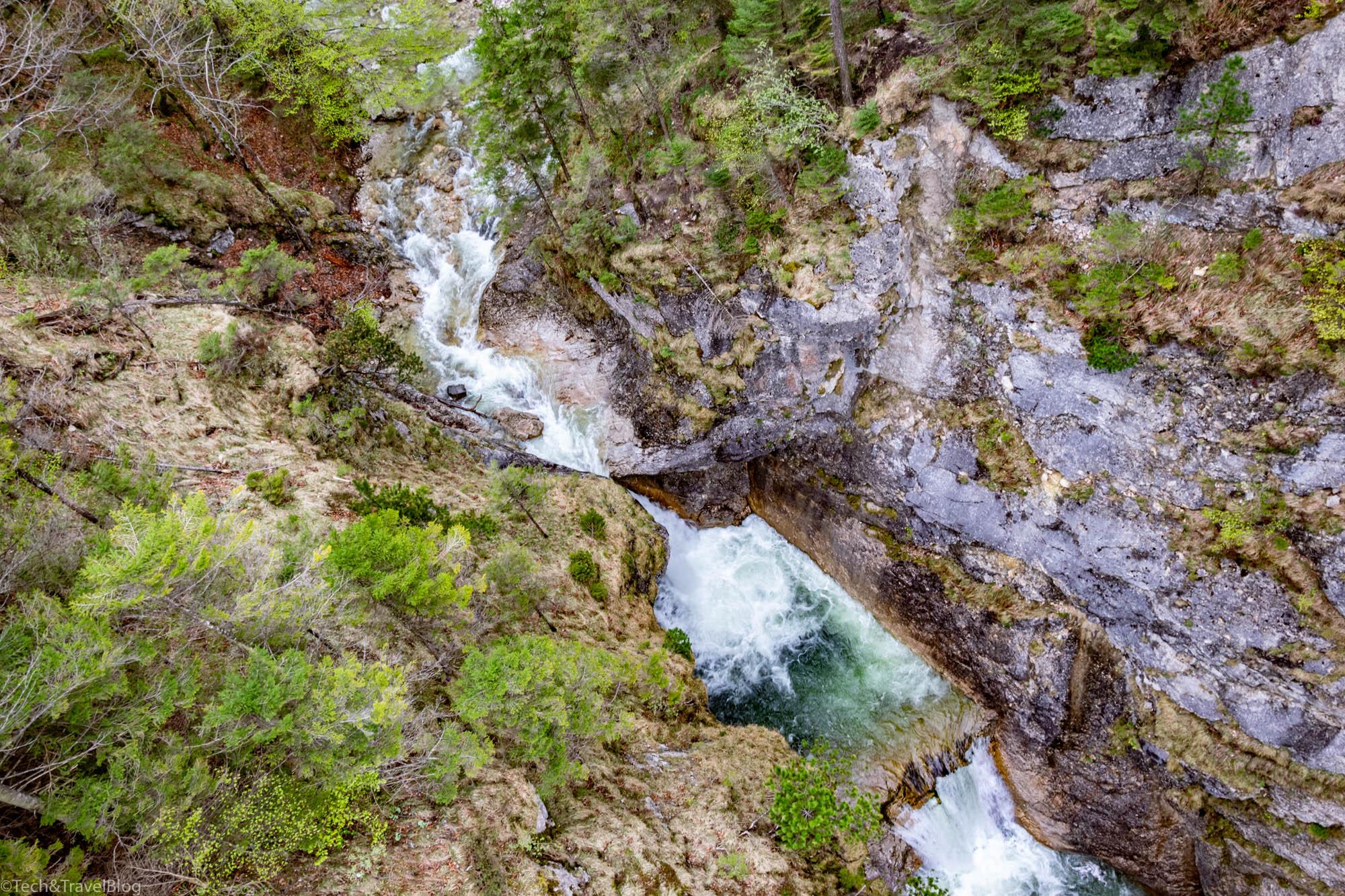
The journey from the castle takes about 10 minutes, and from the bridge you can take a bus that takes you to the village or you can walk down.
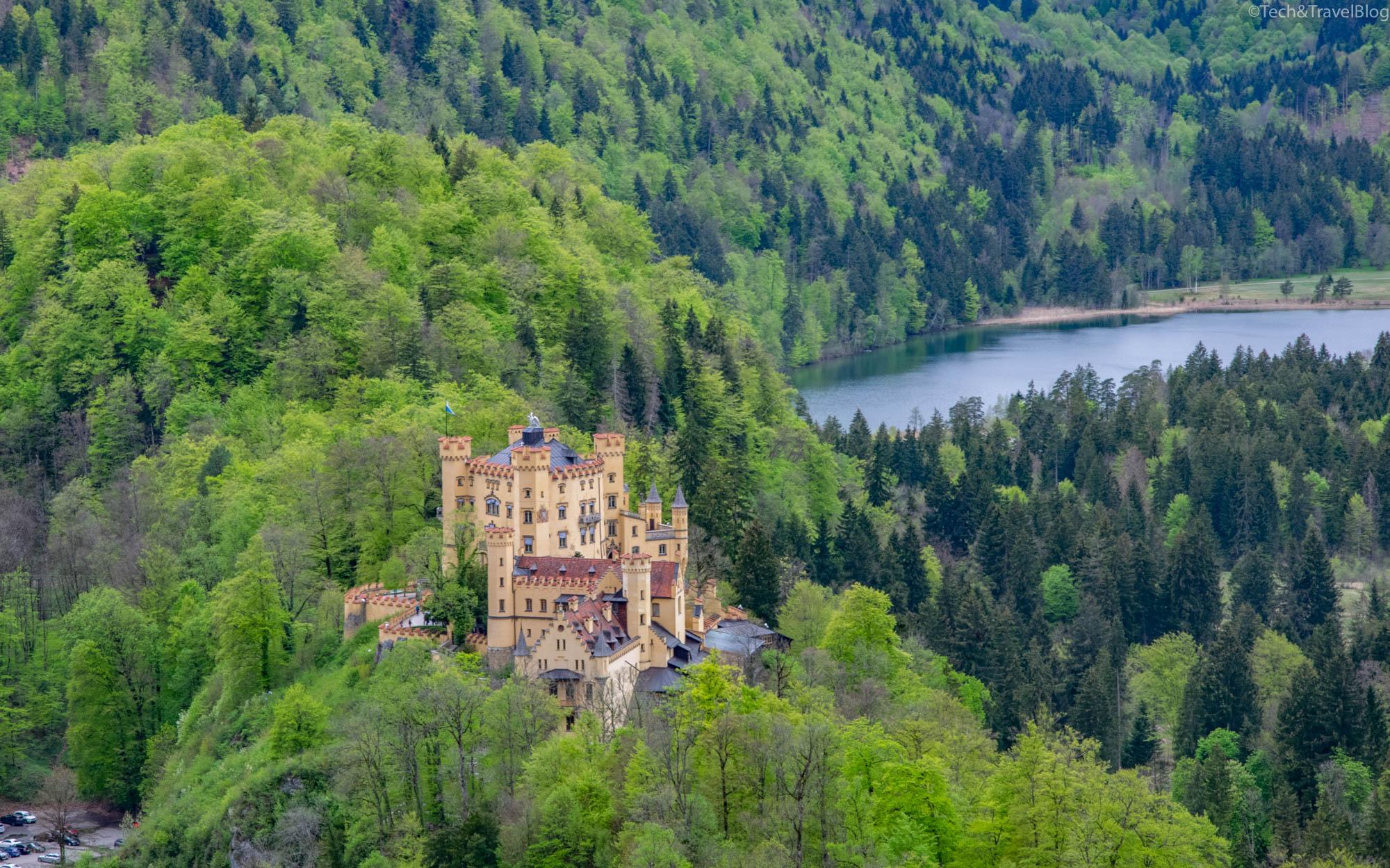
Next to Neuschwanstein , above the town, towers the Hohenschwangau Castle – the place where KingLudwig II grew up during the summer. The castle was built in neo-Gothic style between 1832 and 1836 by King Maximilian II (father of Louis II), the emblem of the royal family being the swan (“Schwan” in German), symbol of the dynasty of the Knights of Schwangau who it is found both on the castle walls and on the roof or fountains.
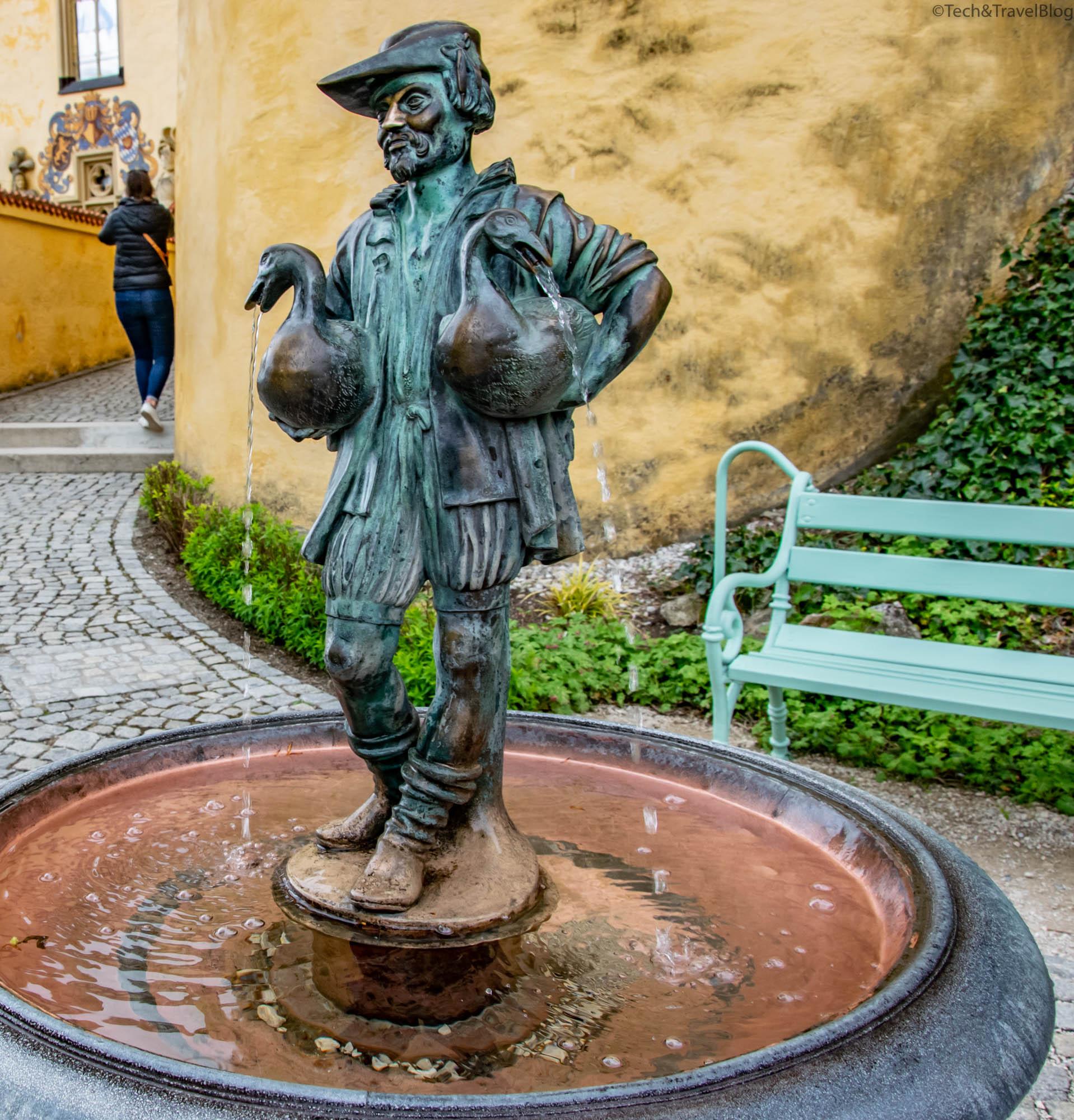
Although it is quite close to Neuschwanstein, Hohenschwangau is much less visited (300,000 visitors per year, compared to 1.3 million tourists per year for Neuschwanstein).
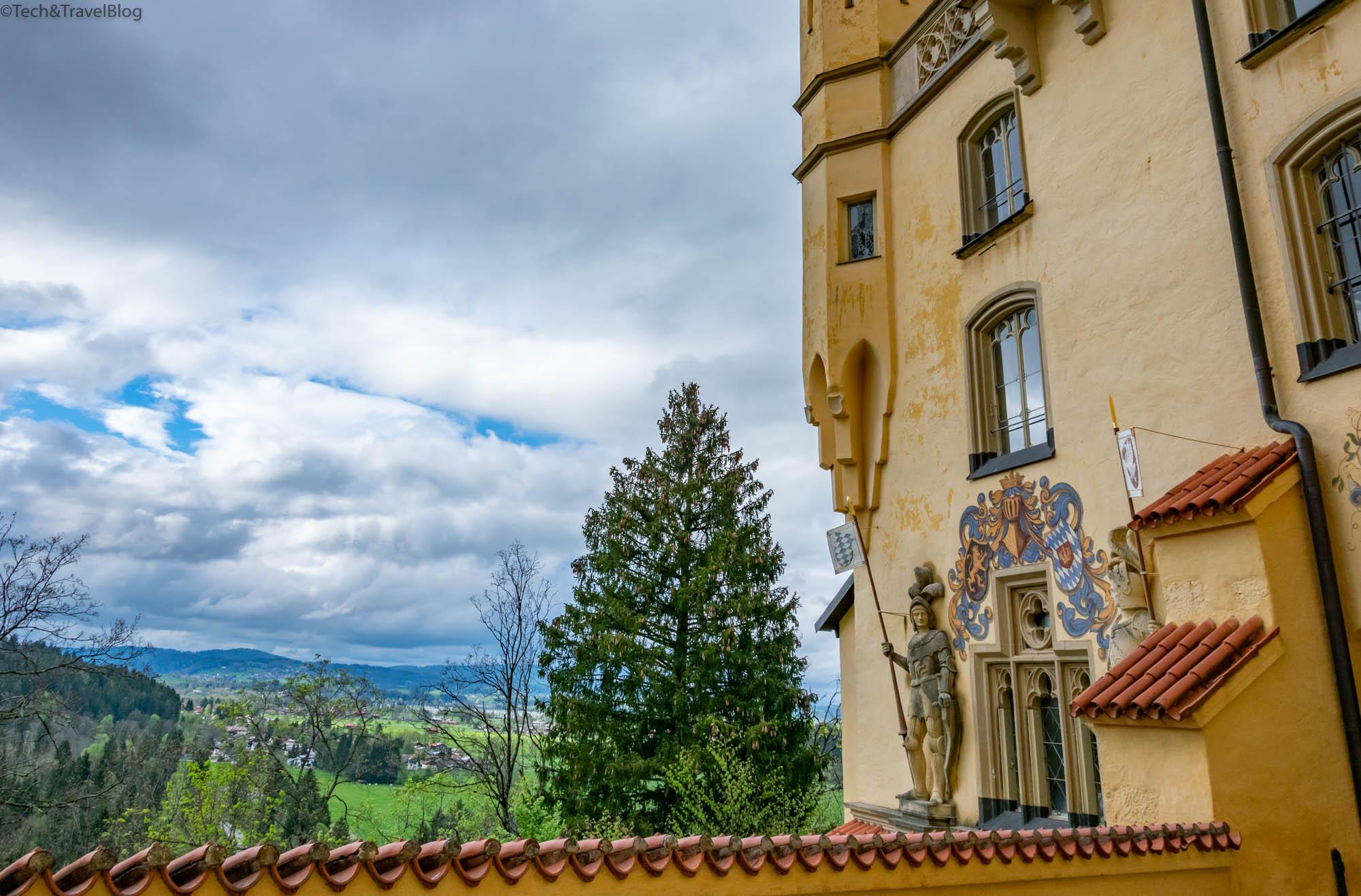
If you want to visit the interior as well, you can get a combined ticket with Neuschwanstein which costs €26/person. As with Neuschwanstein Castle, photography inside is prohibited.

At the foot of the Alps are the Alpsee and the Bayerischen Könige museum (Museum of the Bavarian Kings), opened in 2011, which provides information about the history of the House of Wittelsbach (one of the oldest noble families in Europe) from its beginnings to the present. The exhibition focuses on King Maximilian II and his family.
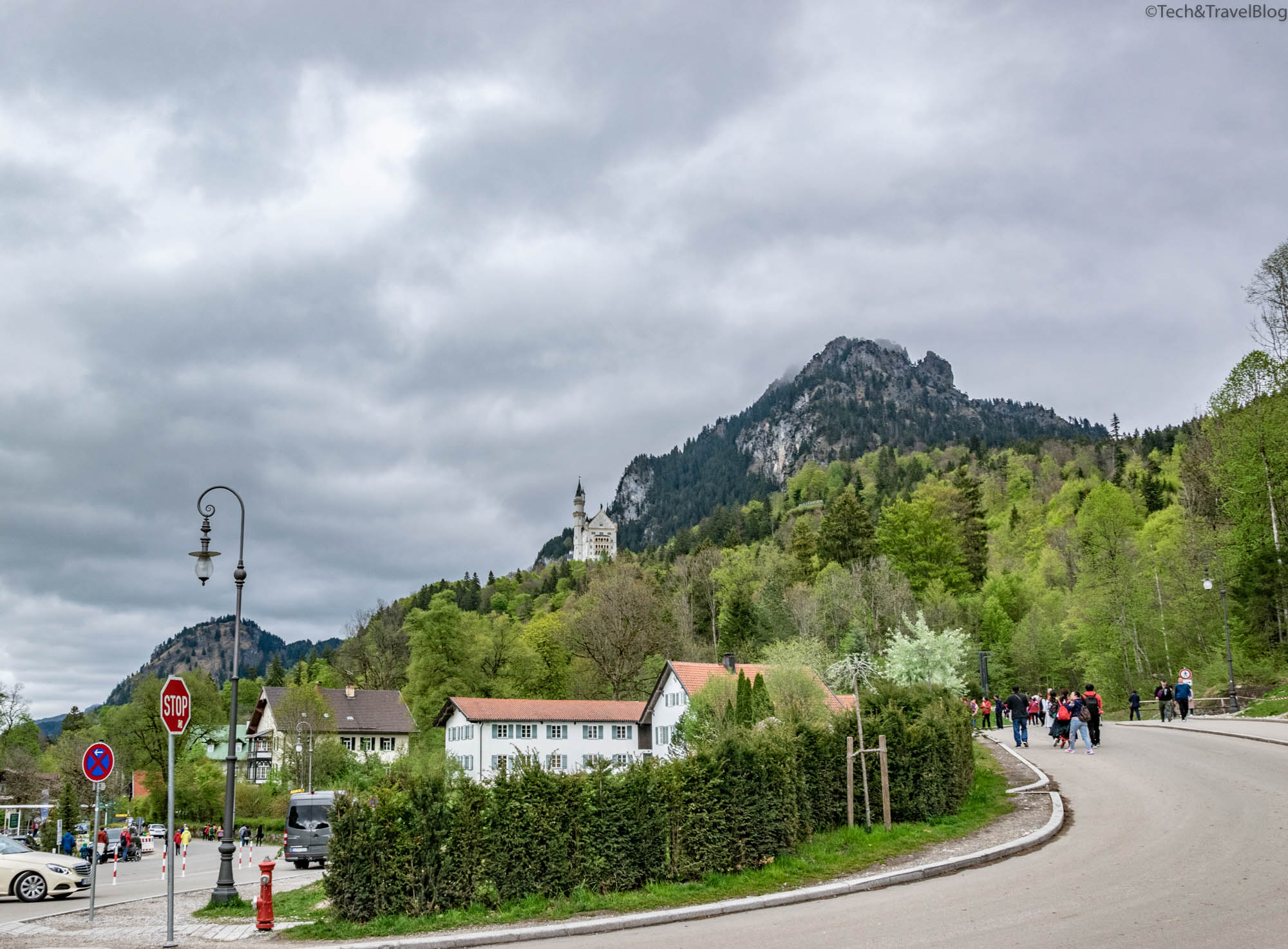
If you plan to come to this area of Bavaria to visit the castles, one day is enough, and if you don’t get tickets for the guided tour you can allocate 2-3 hours to admire them from the outside. We chose not to enter, because we read on the official website that most of the rooms of the Neuschwanstein castle are being renovated, and we left visiting the interior for another time. From Hohenschwangau we continued our way to Rothenburg ob der Tauber and Würzburg, which you will read about in our next articles.
(Hohenschwangau – May 2019)

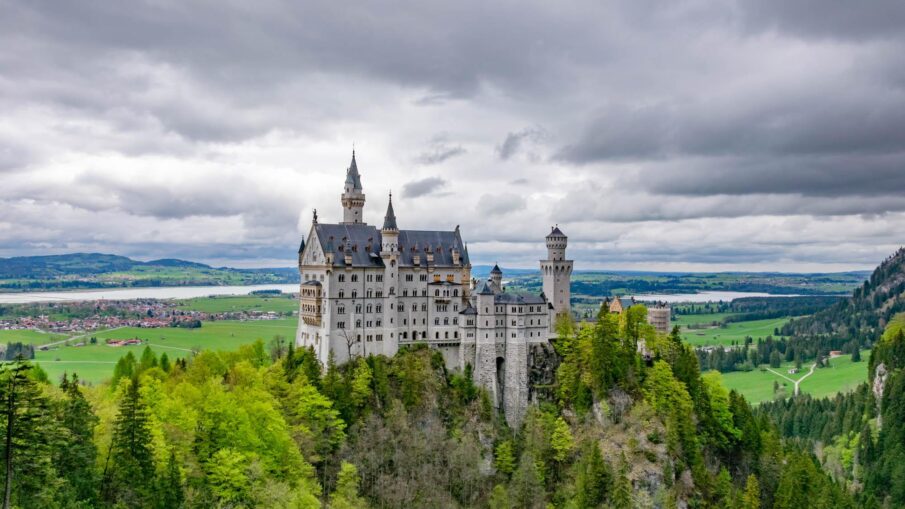
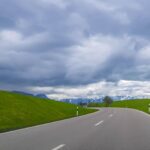
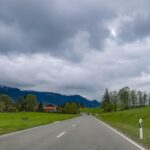
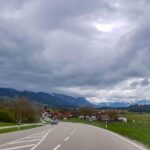
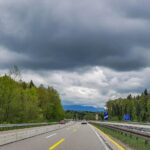
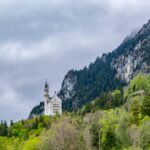
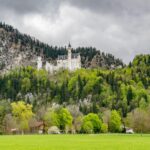
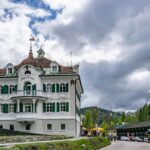
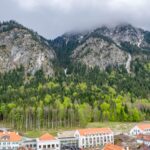
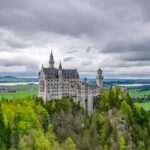
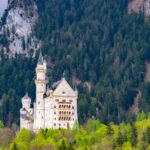
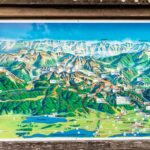
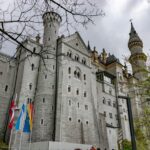
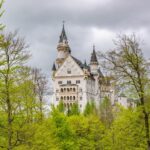
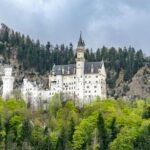
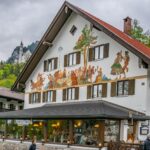
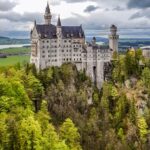
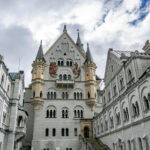
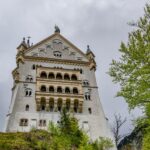
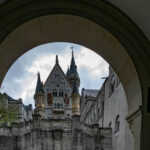
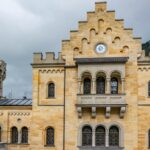
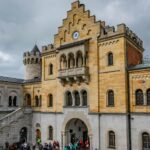
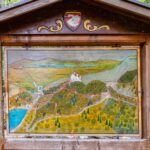
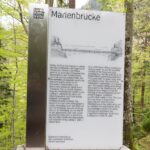
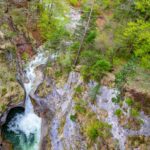
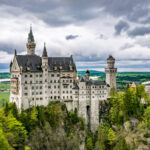
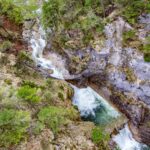
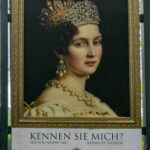
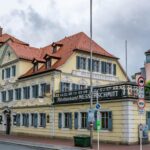
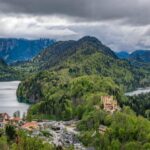
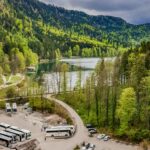
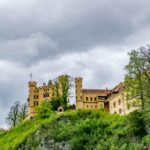
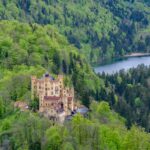
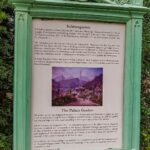
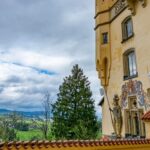
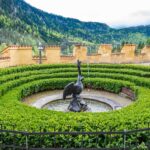

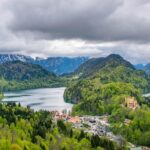
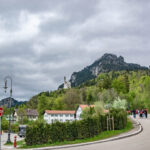
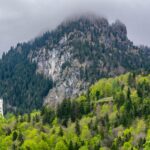
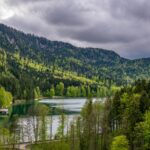
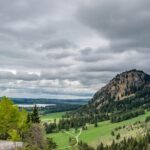
Leave a Reply